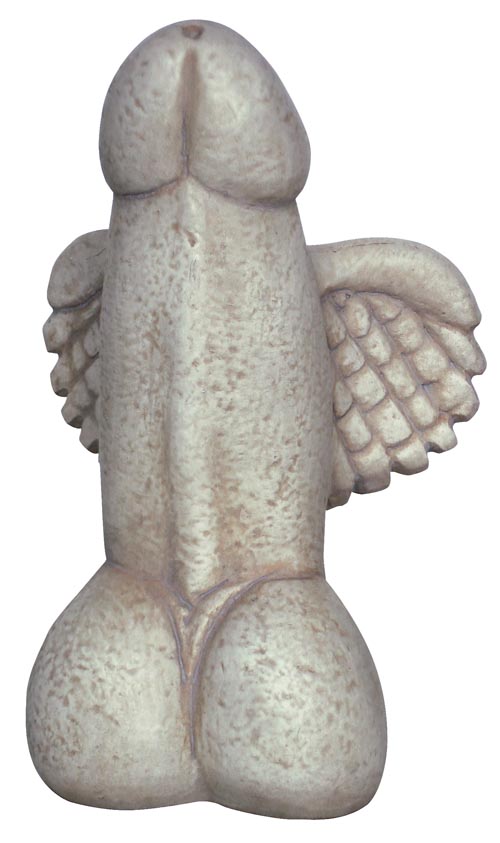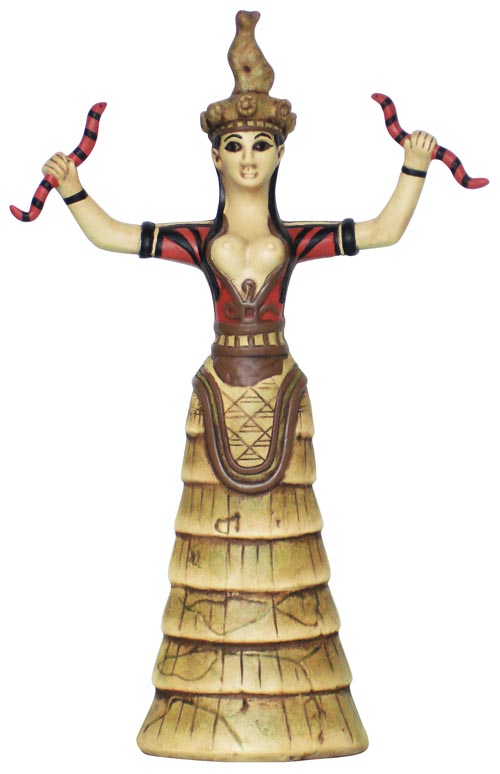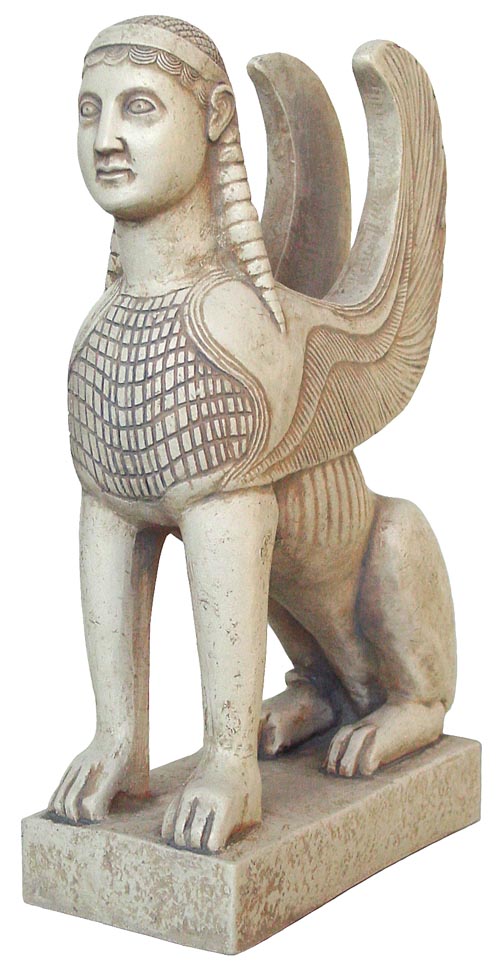Description
The phallic bird was used in Ancient Greece for fertility rituals, and dionisiac processions where participants carried phallic poles. The unveiling of the phallus constituted an important rite of Dionysiac celebrations. The phallus was a popular symbol of fertility. Phallic imagery in public monuments and in ordinary domestic and commercial plaques can be found at different times and places throughout the Greek world. Phallic icons were often placed outside houses,in doorways, walls, boundaries, graves, etc. It was often used as a symbol of protection and warding off evil. The phallus not only decorated and protected houses but also individuals. Amulets of bronze, brass, coral, bone or gold in the shape of a phallus were often worn as rings or pendants by both children and adults to ward off evil. Phallic artifacts includes amulets, lamps, votives, figurines, boundary markers, ornaments, tintinnabula and pottery.






Reviews
There are no reviews yet.